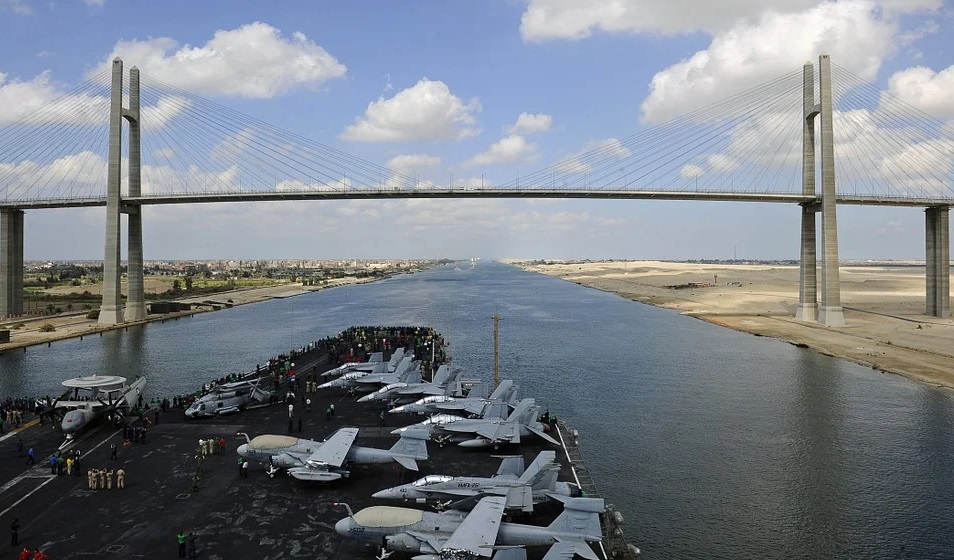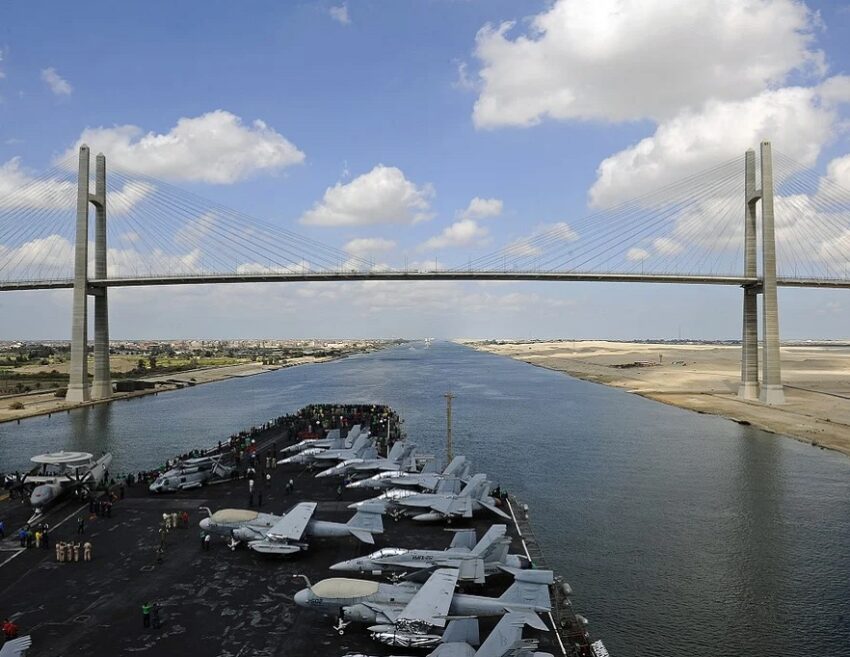A gigantic containership Ever Given has blocked sideways Egypt’s Suez Canal. This has obstructed the way for other vessels waiting to cross the Suez Canal. Consequently, it has given rise to one of the worst shipping jams in several years. In todays’ post, we present you with a brief report on the ongoing traffic jam Suez Canal and how it can impact the sea cargo shipping industry.

Explaining the blockage of the Suez Canal: Why it happened
The Ever Given is a 400 m long and 59 m wide cargo shipping container registered in Panama. Yesterday, it got stuck sideways in the canal while it was en route to the Netherlands from China. According to the statement of the Taiwan based transport company who was the ship operator, the ship was “suspected of being hit by a sudden strong wind, causing the hull to deviate…and accidentally hit the bottom and ran aground.” The huge ship has its bow wedged on one side of the canal while its stern is almost touching the other bank. Last Tuesday, there was a dust storm in the area which surely had a major role to play in this disaster.
Actions done to dislodge the ship
On Thursday, tugs were trying to pull the ship to an area where the water is deeper. A ship-tracking software has also shown that five tugs were trying to dislodge the vessel and more are being sent towards it. Reports suggest that the Ever Given is the largest ship to pass through the Suez Canal. Additionally, the Suez Canal Authority (SCA) are presently attempting to refloat the vessel by making use of these tug units. Even they have brought in diggers to free the vessel from the banks of the canal. According to the experts dislodging the ship is a tricky operation that might take several days.
The importance of the Suez Canal
The Suez Canal is a 193 km long man-made canal that comprises three natural lakes. Tankers frequently use it for moving crude oil fromoil exporters in the Middle East to the US and Europe. Ocean vessels also operate in it for transporting goods from the North Sea to Asia. Roughly 50 ships cross the Canal on a regular basis. Moreoever, as per a statement by the Canal Authority, around 19,000 ships with a net tonnage of 1.17 billion tonnes crossed it in 2020.
What is the impact of this blockage on ocean trade?
Maritime Historian Sal Mercogliano has spoken to the BBC about this. In this conversation, they are of opinion that such incidents are rare. However, it might have ‘huge ramifications for global trade.’ In case the tugs are not sufficient to pull the ship free. In case this happens, they have to start unloading the cargo.
The blocking of traffic across the Canal might have a detrimental effect on international ocean cargo moving. Specially between the Mediterranean and the Red Sea. According to Vortexa, an oil analytics firm, the blockage can affect 10 tanker ships with 13 million barrels of crude oil. They added that rerouting these vessels will lead to a 2 weeks delay in their journey from the Middle East to Europe. Prices of oil have already jumped by 2% because of the blockage. Moreover, they also suggested that crude inventories in the US are also likely to swell.
In the words of Warren Patterson, the Chief of Commodity Strategy for ING Group in Singapore, “It could be having a bit of an impact when you consider about 10% of total seaborne oil trade goes through the Suez Canal, but I imagine any disruption would be very temporary.”


